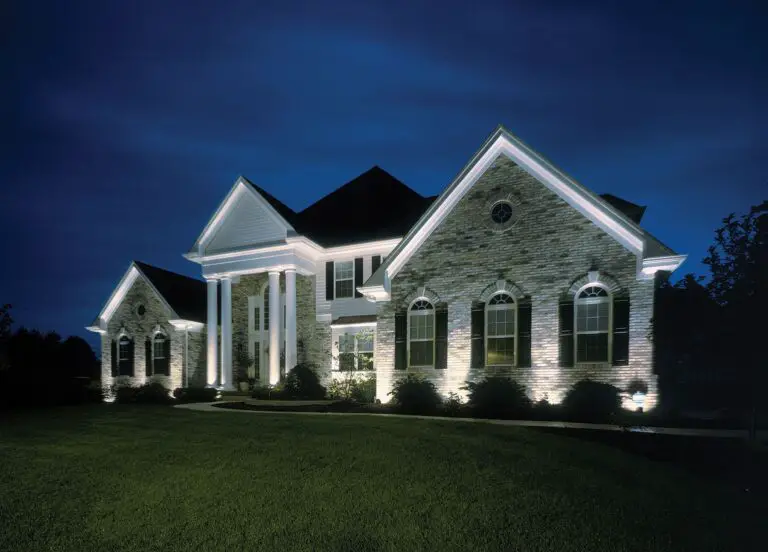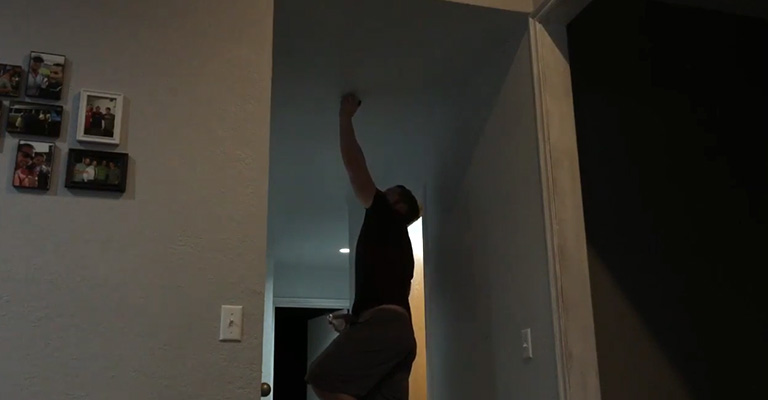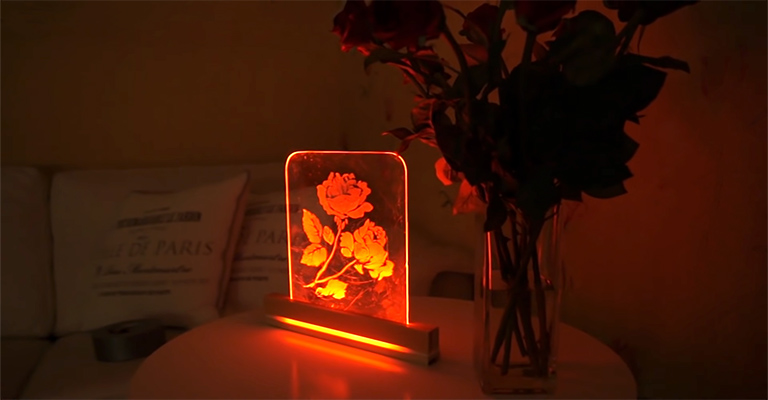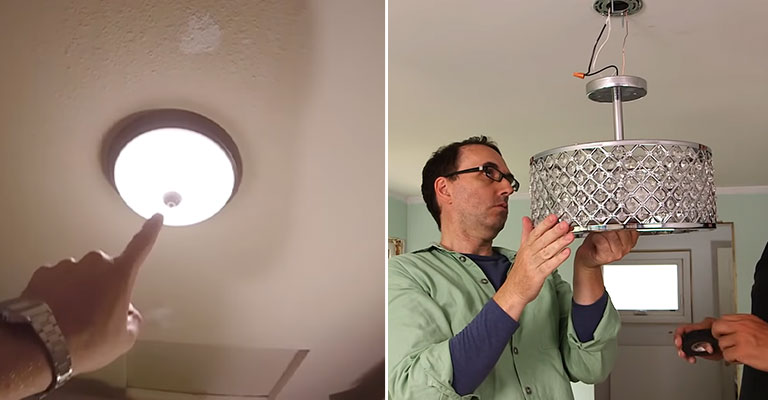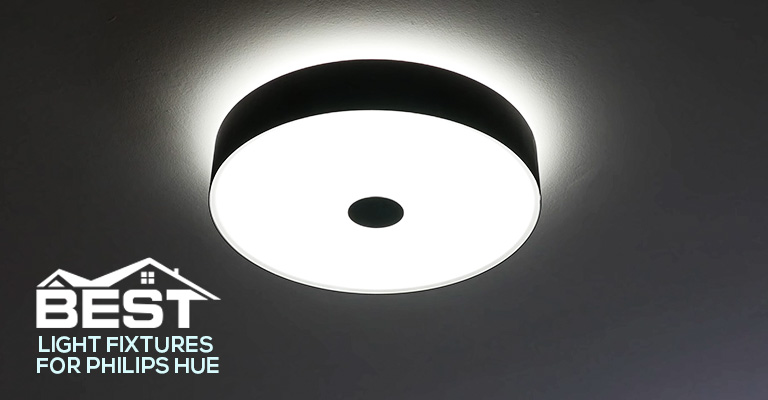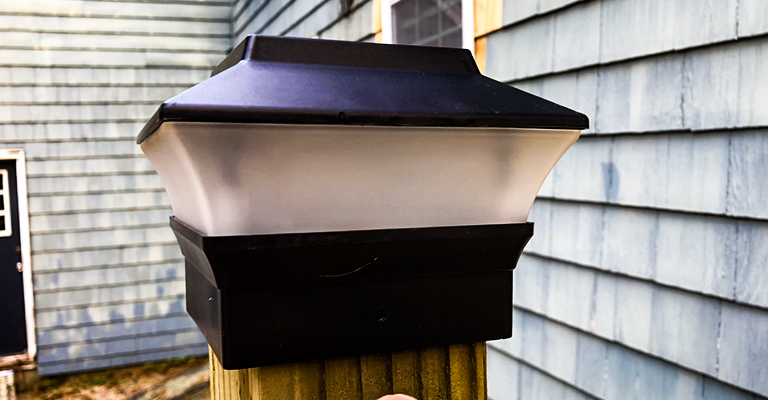How Can I Improve the Lighting in My Basement?
Basements need extra thought and care since those sunken places can’t get enough natural light and ventilation. To make your basement function as a comfortable space, you need to develop a solid lighting plan.
If you are muttering to yourself, ‘But how can I improve lighting to my basement? I need ideas’, then you are in the right place. In this article, we have discussed the natural and artificial ways to improve the basement condition so that it doesn’t feel like a cave. Let’s have a look!
How Can I Improve Lighting to My Basement
There are several ways to improve the lighting condition in the basements. Some of these processes can be used when remodeling or constructing the house and the rest others at any time.
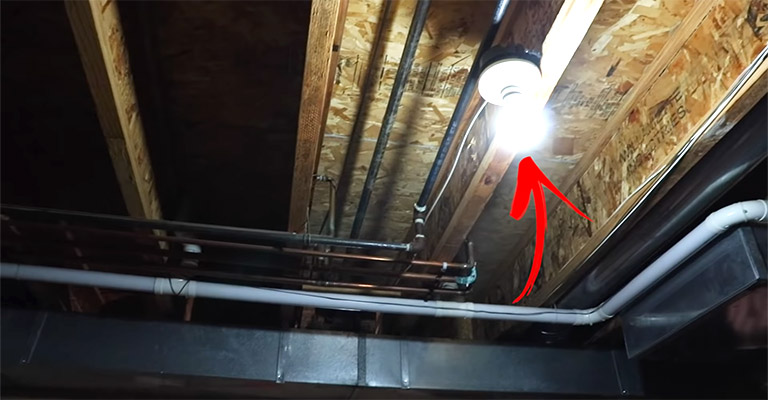
Install Ambient or all-over lighting
Install ambient lighting in the basement to create a more cheerful and inviting space. You can get a variety of lighting options to suit your needs and preferences. You don’t have to sacrifice aesthetics for improved lighting in the basement.
Ambient lighting can be used for a variety of purposes, including adding a touch of brightness to a space. Experiment with different lighting fixtures to find what works best for you and your basement.
Install Task Lighting
You can improve the lighting in your basement by installing task lighting. This will make it easier to work in the basement and avoid shadows.
You can find a variety of task lights at your local home improvement store. Some task lights come with adjustable lights to make the lighting perfect for your needs. You can also install a light fixture in your basement to improve the lighting.
Indirect Lighting
One way to improve the lighting in your basement is to install indirect lighting. This can be done by installing a light fixture in a different area of the basement.
Another way to improve the lighting in your basement is to install a light bulb down low. This will create a softer light and will be less bright.
You can also try installing a light fixture that has a CFL light bulb. CFLs use less energy than traditional incandescent bulbs, which can improve your energy bill.
You can also install a motion detector light to improve the lighting in your basement at night. This will turn on the light when someone comes down the stairs, which will provide a sense of security.
Finally, you can install a light fixture in the basement that has a switch. This will make it easier to change the light in the basement when you need to.
Build Egress
You have most probably seen an egress window which is a bit like a well dug next to the foundation. These egress windows can provide more light into the basement than the half windows that are placed just above the foundation. To get more natural lights, you can add several egress windows in your basement.
Not just for the natural light, but to also follow the building codes you should add an egress window in the basement, specifically if you want to make a bedroom there. Because you need at least two openings in the room in case of emergencies.
In order to get a secure basement, make sure to buy egress windows with a lock system. You can also consider purchasing energy-efficient egress windows since they can cut down energy bills. You will need to make sure the installation is air-tight to get the best result.
Opening the Floor Plan
Another way to improve lighting in your basement is by rearranging the floor plan and the furniture. The walls and furniture can block the flow of light and make the basement look darker. Avoid building too many walls and especially not in front of the egress window.
Add Basement Windows
Adding basement windows can improve the lighting in your basement. You can find many different types of windows to choose from, and they come in a range of prices.
You can also choose windows that have awnings to provide shade during the summer. You can find windows that are designed to keep the heat in during the winter. You can also find windows that are energy star rated.
Use Recessed Lighting
If you want to improve the lighting in your basement, you can use recessed lighting. This type of lighting fixtures can create a faux skylight effect, adding light and brightness to your basement.
You can find recessed lighting in a variety of styles and colors, so you can find the perfect solution for your basement.
Recessed lighting is a great choice for basements that need more light.
Neon Sign
One way to improve the lighting in your basement is to install neon signs. Neon signs come in a variety of colors and styles, so you can find one that will fit your personality and style.
Neon signs can be mounted on the wall or ceiling, walk ways, so you can choose the placement that is best for you.
Neon signs are easy to install and can be done in a short amount of time. Neon signs are a great way to add a touch of light and energy to your basement.
Use Lights to Segment Your Space
You can use lights to segment your basement space. Hang a few low-hanging lights down to create a more intimate setting. Install a couple of pendant lights to brighten up the corner. Use a light box to create a more ambient atmosphere. A lighted staircase can add an extra touch of romance to your basement.
Mount Sconces
One way to improve the lighting in your basement is to install mount sconces. These sconces can be placed on the walls or ceiling, or gallery pockets, of your basement to add brightness and style.
Choose mount sconces that are the right size for your space and that will complement the décor of your basement. You can choose from a variety of colors and styles to fit your basement’s style.
Mount sconces are a simple way to improve the lighting in your basement and make it more inviting.
Start by assessing the space. Consider the dimensions of the wall and what type of sconces you would like to install. Think about the style you want to achieve and what type of light you want to emphasize.
Solar Tube
As the name suggests, the solar tubes, sun tubes, or light tubes are the tubes that are used to transmit solar or natural light using a series of mirrors. The tubes are usually placed on the roof or exterior walls based on the place that gets most of the light of the day.
You can light up the tight spots of your basement where the egress window can’t even light up. The downside of this process is that it doesn’t help at night, you can’t control it or it is not suitable for every house and also you have to sacrifice closet spaces on the upper floors.
Mirror
If you really get how the solar tubes work, you can understand that the mirror is the hero of the story. If you hang some mirrors in the basement, the light from the egress windows and any other source will be reflected throughout the basement, improving the lighting down there.
But you need to plan strategically to get the best result since a bit of change in the angle will affect the amount of light reflection. You can use a flashlight by placing mirrors in different angles and get an idea of how you will need to plan.
Other Different Light Types
Different types of lights are suited for different spaces and occasions. For example, recessed lighting is the perfect fixture for basements. Since recessed lights tuck out of the way, they work so well in the basement. If you are okay with general lighting and don’t need light zones, you can try ceiling lights.
For the ultimate flexibility, you can use floor lamps in the basement. You can carry them to the place where egress or other light can’t reach. Sconce lights are attached to walls; you can also add them to your basement.
Track lights are also super flexible and they are well suited for low basement ceilings that are less than 8 feet tall. Tray lights can also be installed on basement ceiling trays. You can attach rope lights or LED lights in the tray and control them using an app on your phone.
Brightness
If you are remodeling your basement, you can try adding up some lights with more brightness. It can be costly at first, but being able to control the light and brightness can be worth the shot. The colors of your basement wall can improve light brightness, so try making the basement walls All-white.
Build-in Flexibility
You can add some flexibility to your permanently built lightings. Maybe setting up lighting zones, adding dimmer switches, or installing switch-controlled receptacles help in improving the lighting condition.
Walk-out Basement
A walk-out or daylight basement is suited for a house located in sloped terrain. The downslope side can create an opening to the basement that can be used as a door as well as a source of light. Although creating this type of basement is too costly and elaborate.
Frequently Asked Questions (FAQs)
- How many lights do I need for basement lighting?
Since basements are dark, you will need about 5 lights depending on how large the spaces are. You can add one or two extra lights for any emergency.
- Can I use a fluorescent bulb in an unfinished basement?
No, the unfinished basements are cold and damp mostly, that’s why harsh unwelcoming fluorescent light should be avoided. You should go for the soft white bulbs that provide warmer light. Read this article to light an unfinished basement.
Final Statement
Exploring the right basement lighting idea is important in transforming any dark space into a bright and welcoming area. Whether it’s incorporating more artificial light or finding creative basement lighting ideas to enhance the ambience, the options are limitless. Wall lighting, such as wall sconces, can add a layer of warmth and sophistication, while the strategic placement of a table lamp can introduce a cozy, inviting glow. Artificial lighting, when used thoughtfully, can mimic natural lighting, making the basement feel less like a confined space and more like an integral part of your home.
To further brighten your basement, consider integrating elements that allow for more natural light. Sliding windows and glass doors not only improve ventilation but also significantly increase the amount of natural light that can penetrate this often-overlooked area. These additions, combined with reflective surfaces that reflect light, can dramatically lighten up the basement, making it appear more spacious and airy. By carefully selecting and implementing these basement lighting ideas, you can transform your basement from a neglected dark space into a vibrant and attractive part of your home, enhancing both its functionality and aesthetic appeal.

